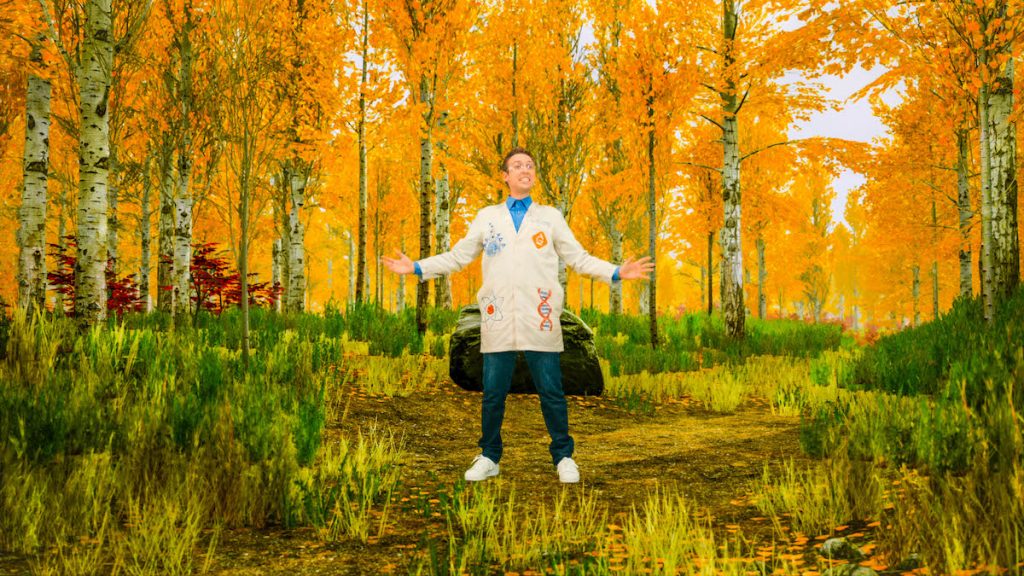
There are four seasons that repeat every year in the same order. The seasons are winter, spring, summer and fall. The amount of daylight in an area during certain months is what causes seasons.
To better understand how seasons and day length work…
LET’S BREAK IT DOWN!
Summer is the warmest season.
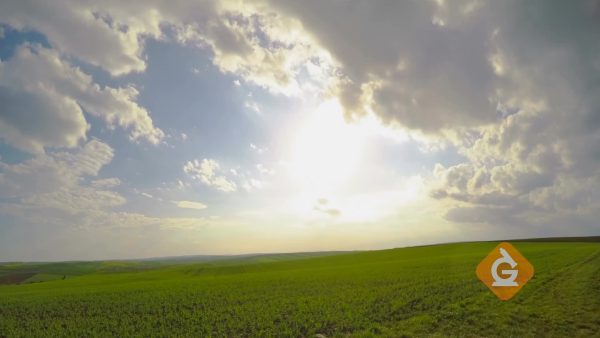
Summer has the most daylight. Sunlight warms the Earth for longer periods of time causing the area around you to heat up more in the summer. In the summer trees are green.

Fall always follows summer.
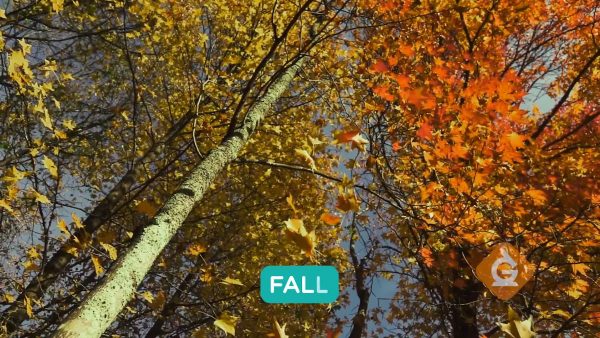
In the fall, the days begin to get shorter and the temperature begins to cool down. Leaves turn colors and begin to fall from the trees. Many animals start getting ready for winter.

Winter always follows fall.
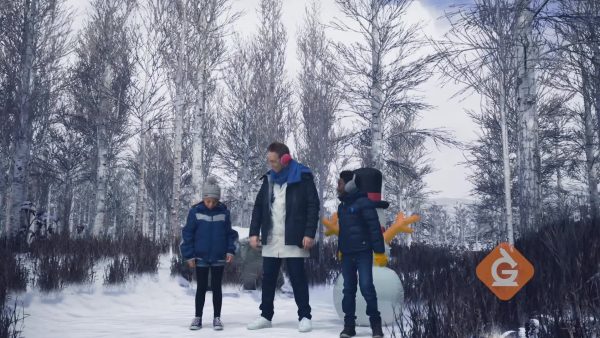
In winter there is the least amount of daylight. Less sunlight is warming the Earth in winter, so the weather is cold. Most trees have no leaves and it can snow.

Spring always follows winter.
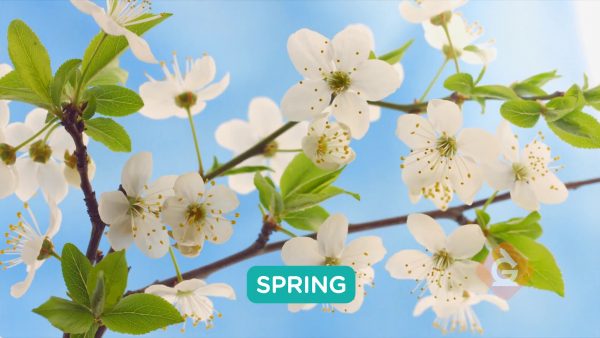
In the spring the days begin to get longer, and the temperature warms up. Trees begin to grow flowers and leaves. Animals like bears come out of hibernation in the spring.

Seasons happen in a pattern.
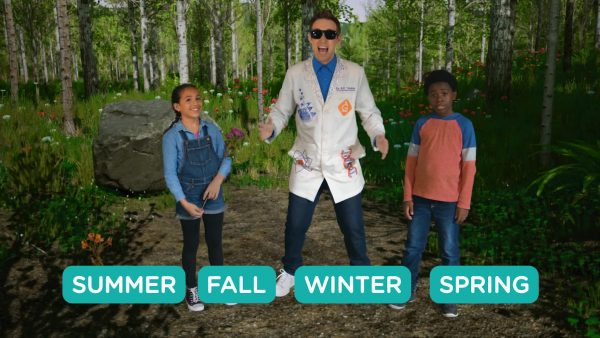
Each year seasons follow the same pattern. First there is winter, followed by spring, then summer and fall. Once those seasons are over, the pattern begins again in the same order.

SEASONS AND DAY LENGTH VOCABULARY
SEASONS AND DAY LENGTH QUESTIONS
What is one reason that summer days are warmer than winter days?
What are some signs that fall is coming?
How do some animals prepare for winter?
How is the amount of daylight different in winter than summer?
Why do we say that seasons follow a pattern?
How does a tree change throughout the seasons?
Skip, I will use a 3 day free trial
Enjoy your free 30 days trial
We use cookies to make your experience with this site better. By using this site you agree to our use of cookies. Click "Decline" to delete and block any non-essential cookies for this site on this specific property, device, and browser. Please read our privacy policy for more information on the cookies we use.Learn More
We use cookies to improve your experience. By using this site, you agree to our use of cookies. Click "Decline" to block non-essential cookies. See our privacy policy for details.Learn More






